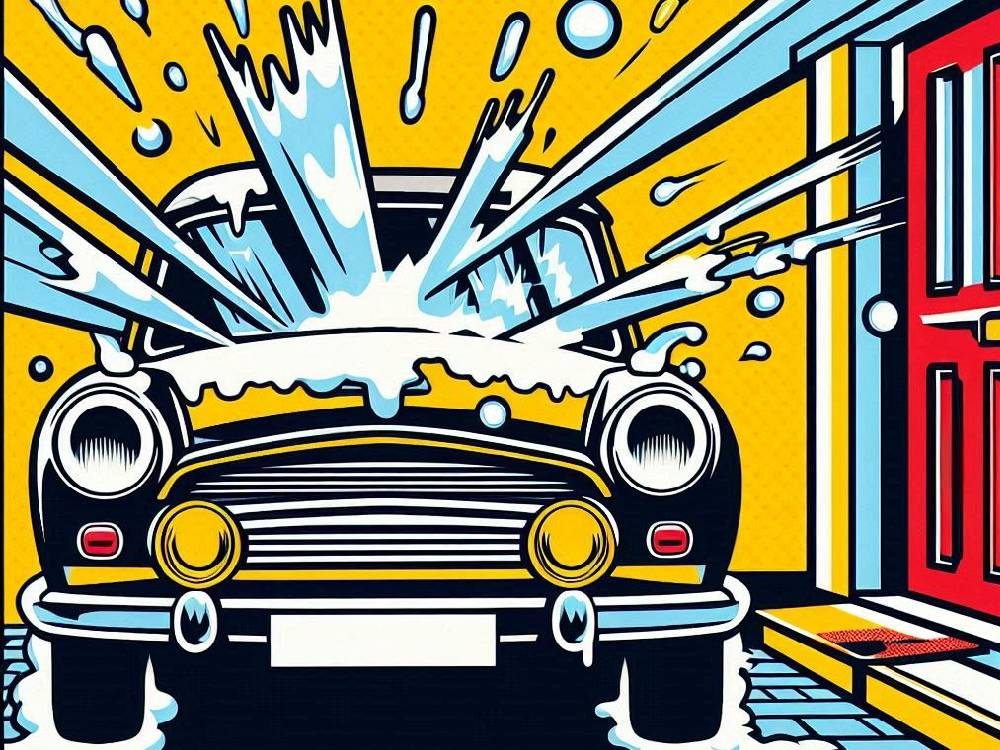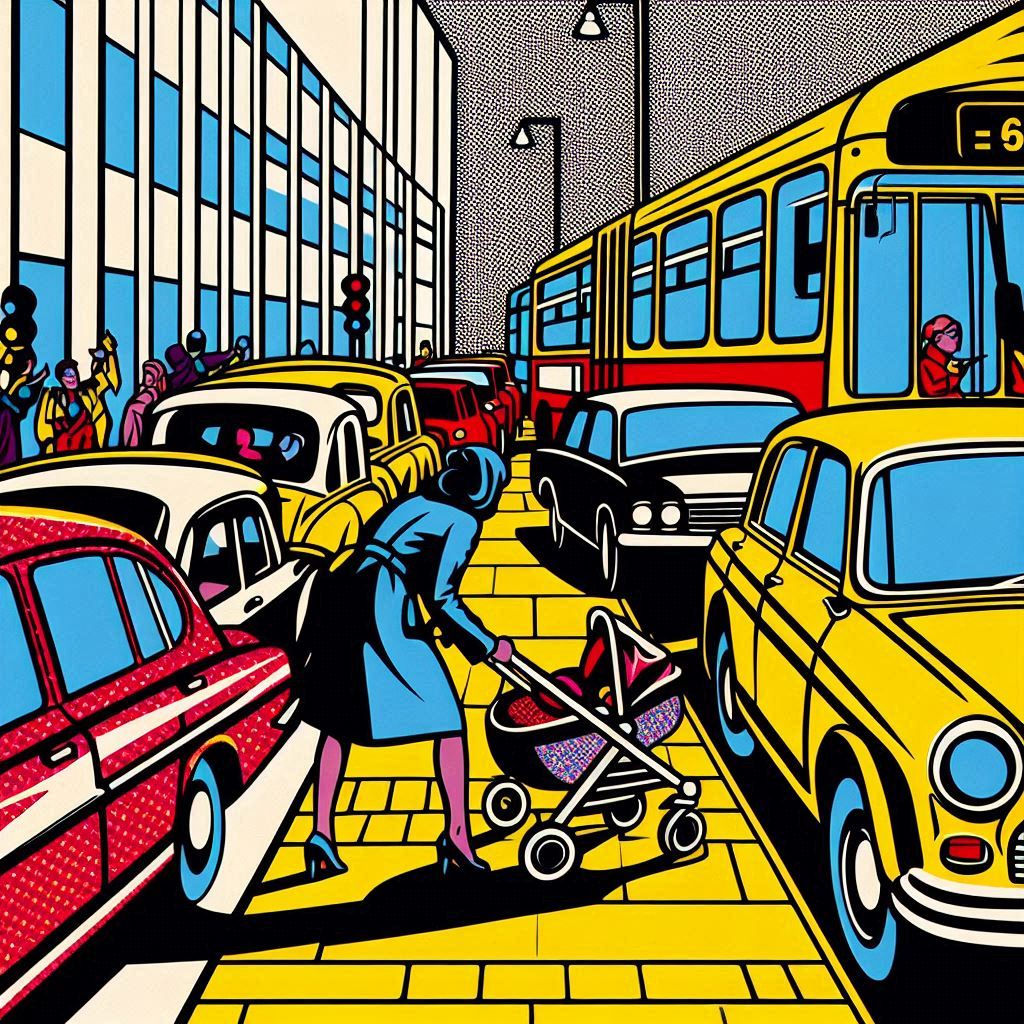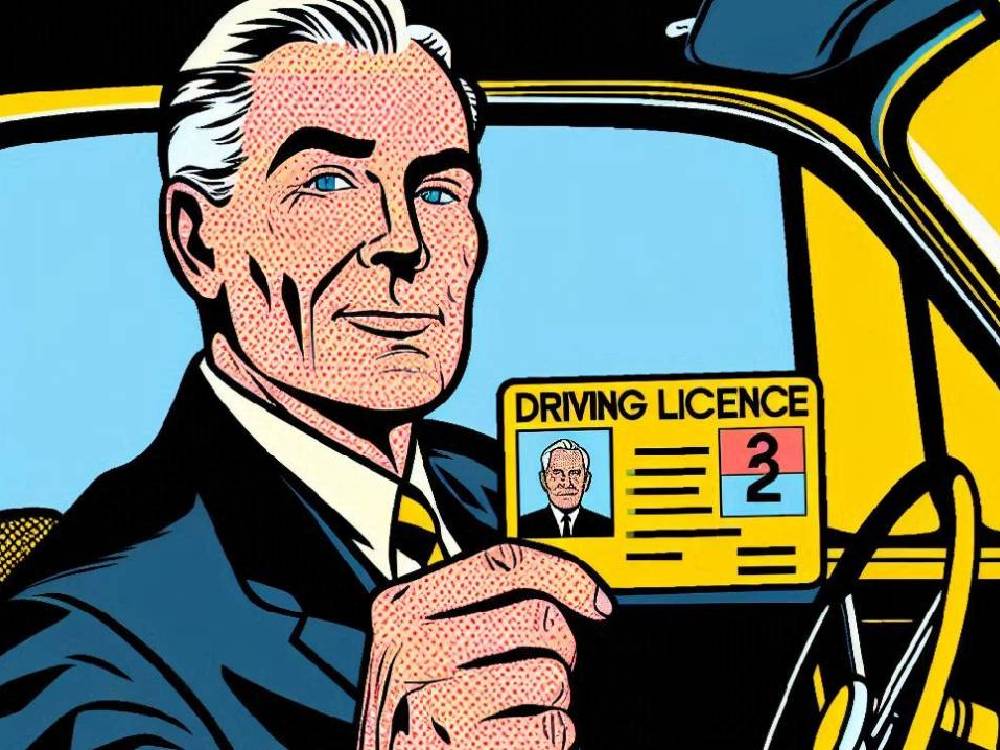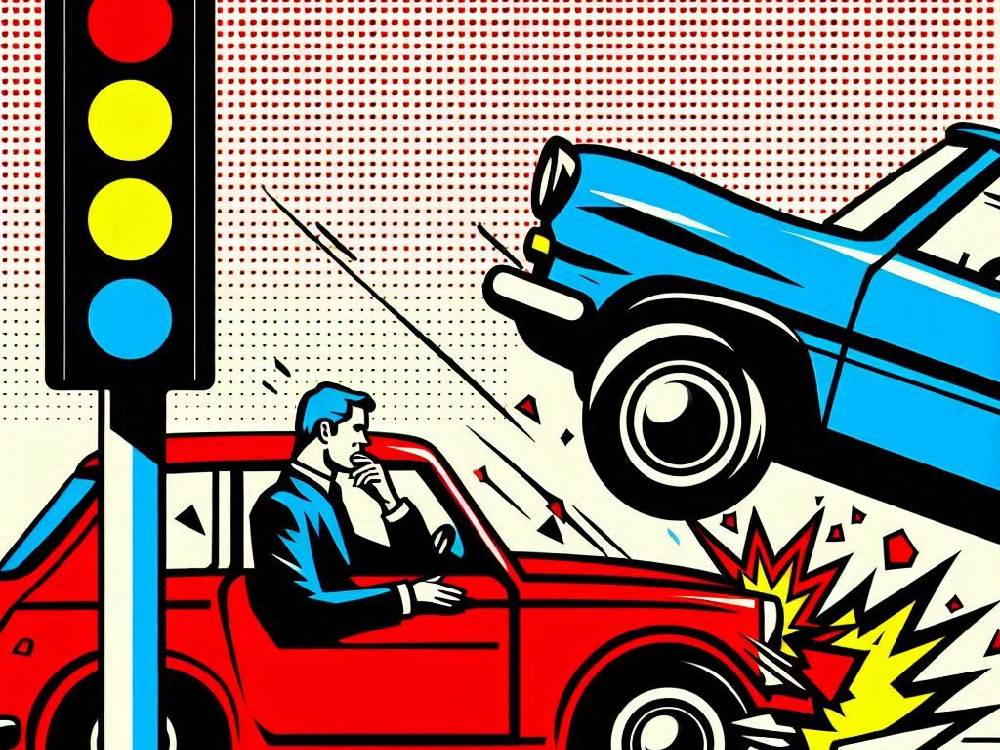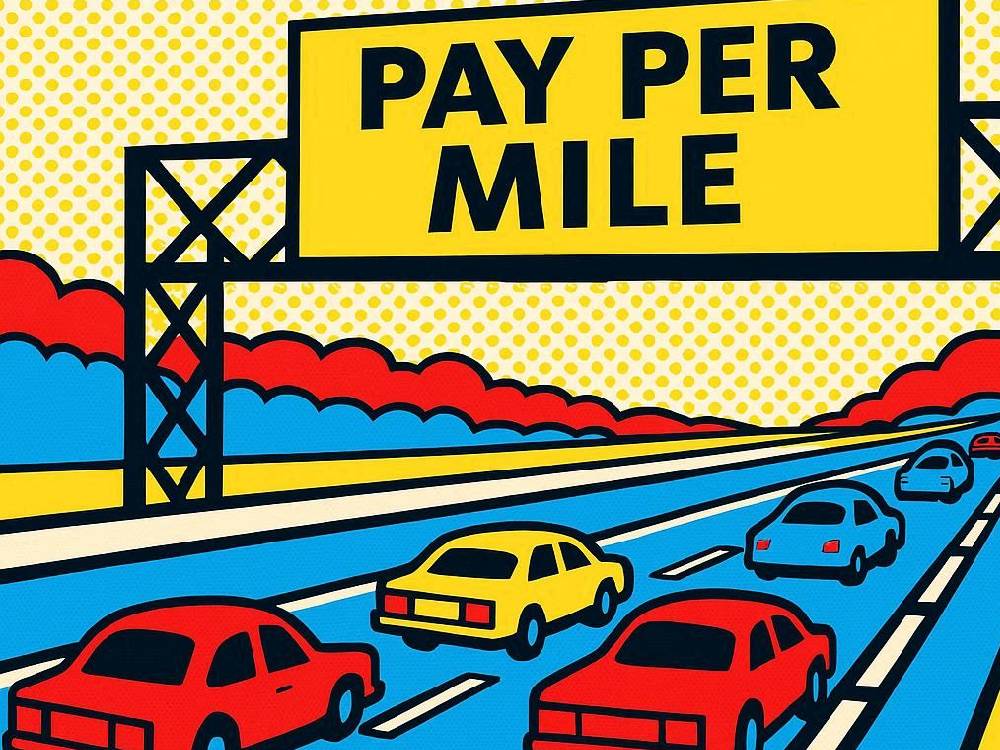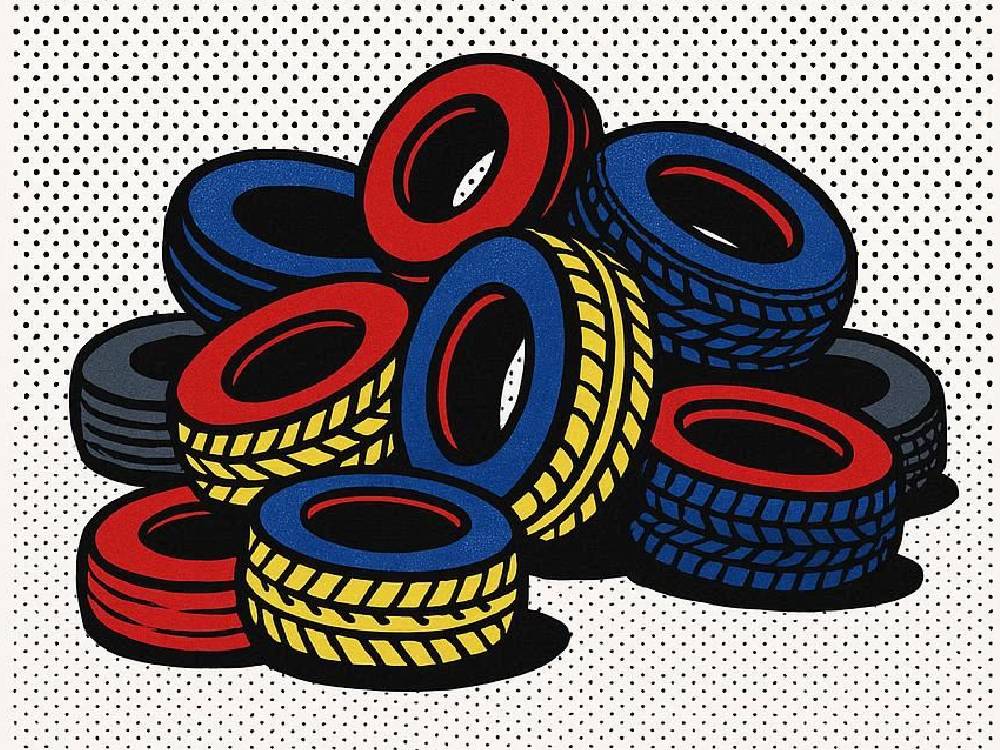Introduction
Every December, a familiar winter habit quietly puts Car Insurance at risk across the UK.
As temperatures fall, mornings become rushed.
Consequently, judgement slips.
At the same time, thieves pay attention.
This mistake happens quickly.
However, its consequences linger.
Especially when insurers review claims.
Here’s what this article explains.
- The winter habit criminals rely on
- Why drivers repeat it every year
- How it affects Cheap Car Insurance claims
- What insurers expect instead
- How to protect both your car and your premium
Here’s the issue.
Most drivers assume it’s harmless.
Yet insurers disagree.
Before winter tightens its grip.
Let’s explain why.
The December Car Insurance Mistake Thieves Wait For
As winter deepens, UK mornings grow colder and darker.
Naturally, drivers look for shortcuts.
One habit appears every year.
Leaving the car running unattended.
Usually to clear frost.
Or demist windows.
On the surface, it feels practical.
However, it creates opportunity.
This practice is known as frost-jacking.
And it’s responsible for thousands of thefts each winter.
Crucially, it also affects Car Insurance outcomes.
Because insurers don’t just assess loss.
They assess behaviour.
If you’re unsure how theft is treated across different policies, this overview helps clarify the basics:
Car insurance options
This mistake isn’t rare.
And it isn’t unlucky.
Instead, it’s predictable.
That predictability works in a thief’s favour.
Why Drivers Repeat This December Car Insurance Error Every Year
Firstly, cold weather changes priorities.
Warmth feels urgent.
Visibility feels secondary.
Therefore, convenience wins.
Drivers step away “for a second.”
They assume proximity equals safety.
However, proximity offers no protection.
Thieves don’t need distance.
They need timing.
Modern vehicles start quickly.
Some don’t require keys nearby.
As a result, theft takes seconds.
This is where assumptions break down.
Driveways feel private.
Residential streets feel safe.
Yet these are prime targets.
Because routines repeat.
And repetition invites exploitation.
For drivers focused on finding the Cheapest car insurance, this matters more than most realise.
One avoidable claim can undo years of careful driving.
Which is why prevention matters as much as price.
If keeping premiums low is a priority, these saving strategies are worth understanding:
5 ways to save money
Cheap cover rewards predictability.
Winter shortcuts undermine it.
How Thieves Exploit December Car Insurance Cold UK Mornings
Now the pattern becomes clear.
Winter theft isn’t random.
It’s deliberate.
Criminals patrol early hours.
Street by street.
Looking for running engines.
They don’t need force.
Don’t need tools.
They wait.
Then they move.
Often while the driver is inside.
Unaware.
This is why frost-jacking works.
It’s quiet.
It’s fast.
And it leaves little evidence.
From an insurance perspective, this raises questions.
Was the car secured?
Was it left unattended?
Could reasonable care have prevented the theft?
These questions shape claim outcomes.
Especially on Very cheap car insurance policies, where insurers scrutinise behaviour closely.
To understand how insurers assess this risk, this guide explains the logic clearly:
How do insurers calculate insurance?
Once you understand the criteria.
The advice stops feeling fussy.
And starts feeling necessary.
Why This Simple Habit Can Complicate Your Car Insurance Claim
At this point, the risk goes beyond theft.
Because insurance decisions come next.
When a car is stolen, insurers investigate circumstances.
Specifically, they assess care.
Leaving a vehicle running raises red flags.
Especially when no force was used.
In those cases, insurers may question responsibility.
That matters.
Because negligence can reduce payouts.
Or delay claims.
Or, in rare cases, invalidate them.
This surprises many drivers.
However, policy wording allows it.
If you’ve never reviewed how comprehensive and third-party cover differ, this breakdown explains the gap clearly:
Comprehensive vs third party
The key point is simple.
Insurers expect reasonable precautions.
Walking away from a running car rarely qualifies.
That’s where problems begin.
Here’s why that matters long-term.
How A Single December Car Insurance Theft Can Push Premiums Higher
Unfortunately, theft doesn’t end with replacement.
Instead, it follows you.
Claims stay on record.
Renewals change.
Quotes rise.
Even if you weren’t directly at fault.
Because insurers price risk historically.
Not emotionally.
As a result, access to Cheap Insurance UK deals narrows.
That’s frustrating.
But it’s predictable.
One incident can outweigh years of clean driving.
Which is why prevention beats compensation.
If you’re trying to keep premiums under control long-term, this guide offers context on rising costs:
Car insurance increasing in the UK
Understanding trends helps avoid surprises.
And surprises are expensive.
Where Parking, Visibility, And Behaviour Intersect
At the same time, location still matters.
Visibility deters theft.
Lighting discourages attention.
Isolation invites it.
Therefore, parking choices affect outcomes.
Especially during dark winter mornings.
Driveways feel private.
However, they’re not monitored.
Public view changes behaviour.
Because thieves avoid witnesses.
Even passive ones.
In turn, visible parking reduces opportunity.
And reduced opportunity lowers claim risk.
This directly supports lower premiums.
If you’re assessing everyday habits that influence pricing, this explainer helps connect the dots:
Navigating car insurance costs
Once you see how risk is measured.
The advice feels logical.
Not alarmist.
What Insurers Expect You To Do Instead
So what should drivers do?
The answer isn’t complicated.
Stay with your vehicle while it runs.
Clear ice manually first.
Then drive off safely.
That single adjustment removes opportunity.
More importantly, it demonstrates reasonable care.
Which insurers recognise.
This isn’t about perfection.
It’s about defensibility.
If a claim ever arises, behaviour matters.
Documentation matters.
Consistency matters.
And insurers reward all three.
This is how Very cheap car insurance stays achievable.
Not through luck.
But through habits.
Now, let’s pull this together.
Conclusion
Ultimately, every winter brings the same risk.
And, inevitably, the same mistakes.
Cars are left running.
Thieves act.
Claims follow.
Premiums rise.
Although the habit feels harmless, it isn’t.
Instead, it creates opportunity.
Moreover, it complicates insurance decisions.
Consequently, it affects future costs.
However, the fix costs nothing.
Stay with your car.
Choose visible parking.
Lock it properly.
Think like an insurer.
Because they decide outcomes.
If you want Cheap Car Insurance to remain affordable, behaviour matters as much as comparison tools.
Winter doesn’t need to be costly.
But only if you stop making it easy for thieves.

